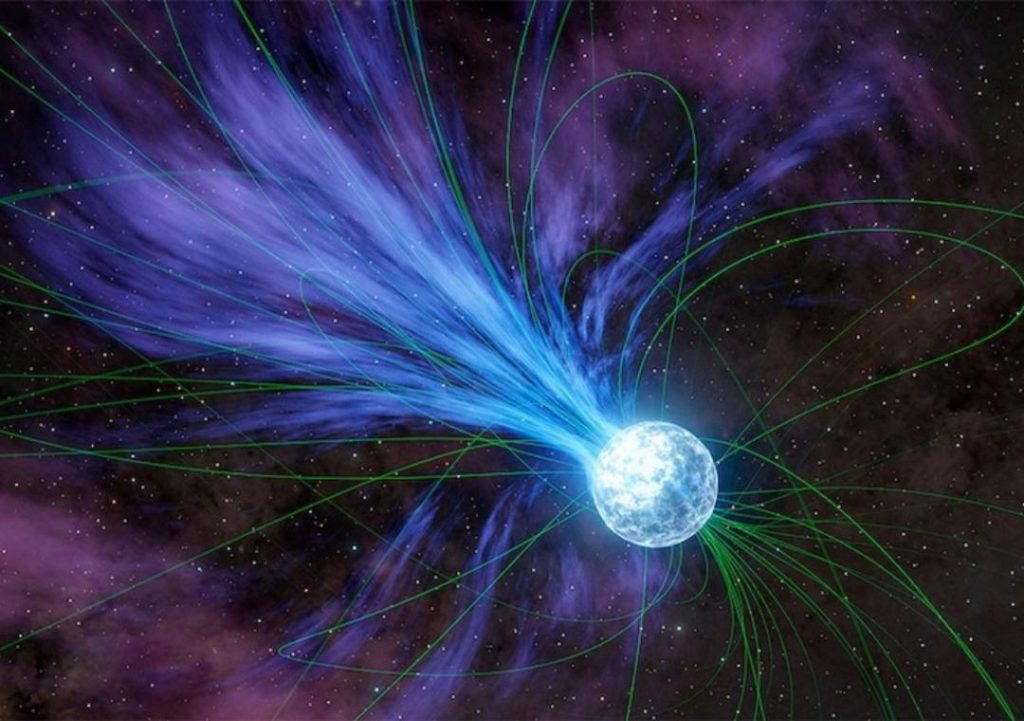
Gold & Platinum Created through Neutron Stars’ Explosions: Study
For centuries, humans have been fascinated by the origins of precious metals like gold and platinum. While we have long known that these metals are formed through geological processes on Earth, scientists have always been curious about their cosmic origins. Recently, a study led by Columbia University student Anirudh Patel has shed new light on the creation of these precious metals, revealing that magnetars, or highly magnetized neutron stars, played a crucial role in their formation.
According to the study, magnetars are responsible for creating elements like gold and platinum through their explosive flares. These flares are released when magnetars, which are found at the center of supernovae remnants, undergo a catastrophic event known as a magnetar explosion. This process occurs approximately once per decade in the Milky Way galaxy and annually across the observable universe.
The study, published in the journal Nature Astronomy, provides conclusive evidence that magnetars are indeed responsible for creating these precious metals. The researchers used advanced computer simulations to model the behavior of magnetars and their explosions, which allowed them to recreate the conditions necessary for the formation of gold and platinum.
To understand how magnetars create these elements, it’s essential to understand the process of nucleosynthesis. Nucleosynthesis is the process by which atomic nuclei are created from smaller particles, such as protons and neutrons. In the case of magnetars, the explosions release an enormous amount of energy, which heats up the surrounding material to incredibly high temperatures. At these temperatures, atomic nuclei can fuse together to form heavier elements, including gold and platinum.
The researchers used data from NASA’s NuSTAR space telescope to study the properties of magnetars and their explosions. By analyzing the data, they were able to identify the specific conditions necessary for the creation of gold and platinum. The results of their study suggest that magnetars are capable of producing large amounts of these elements, which are then dispersed into space through their explosive flares.
So, how did the precious metal gold come to be on Earth? While we may not be able to pinpoint the exact location or time of its creation, the study suggests that gold and platinum may have been formed in the distant past through the explosions of magnetars. Over time, these elements may have been dispersed throughout the universe, eventually making their way to Earth through meteorites or other celestial bodies.
The implications of this study are significant, not only for our understanding of the origins of precious metals but also for our understanding of the universe as a whole. By studying the behavior of magnetars and their explosions, scientists can gain valuable insights into the processes that shape the universe and the elements that make up our cosmos.
In conclusion, the study by Anirudh Patel and his team provides conclusive evidence that magnetars are responsible for creating elements like gold and platinum through their explosive flares. The findings of this study shed new light on the origins of precious metals and offer a glimpse into the incredible processes that shape the universe.






